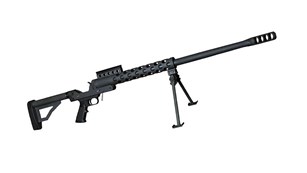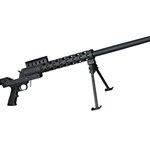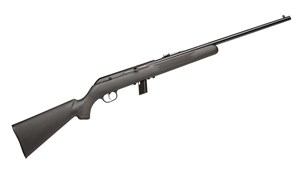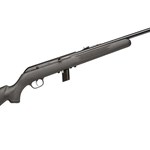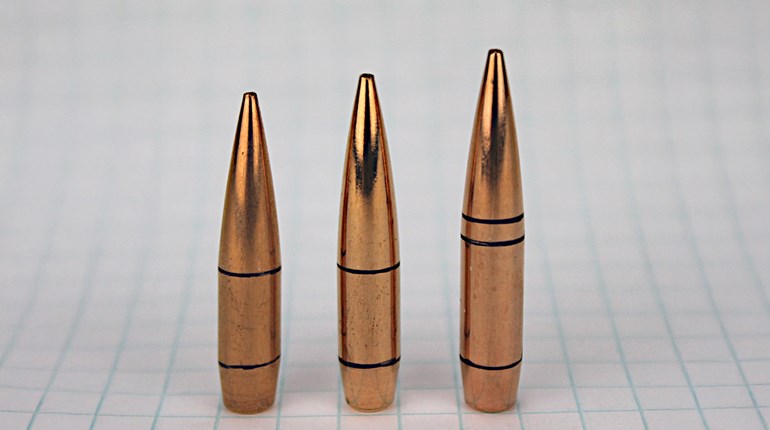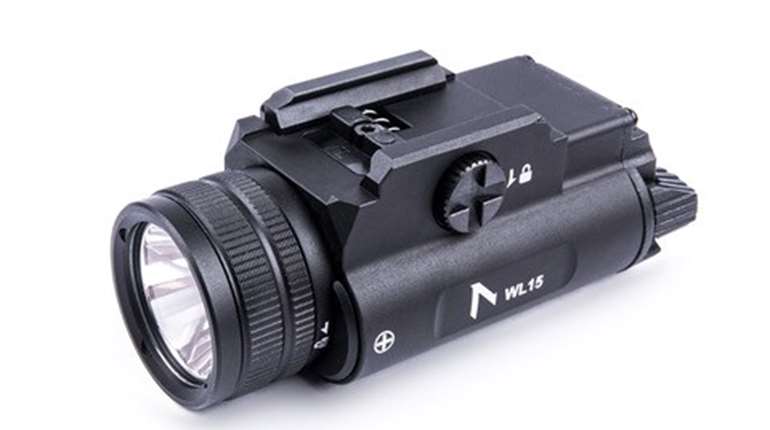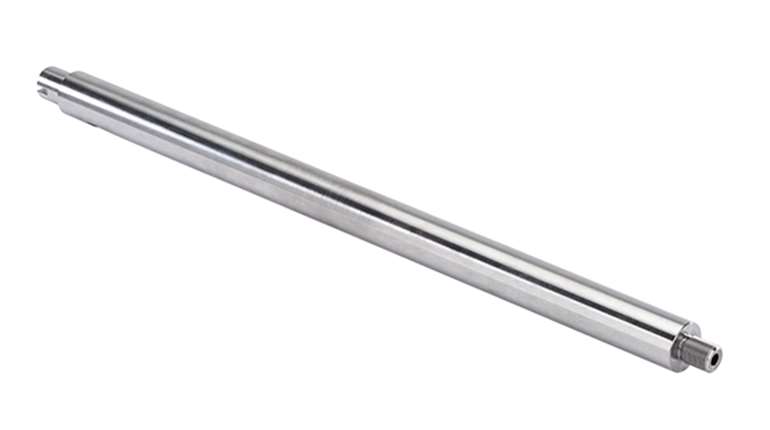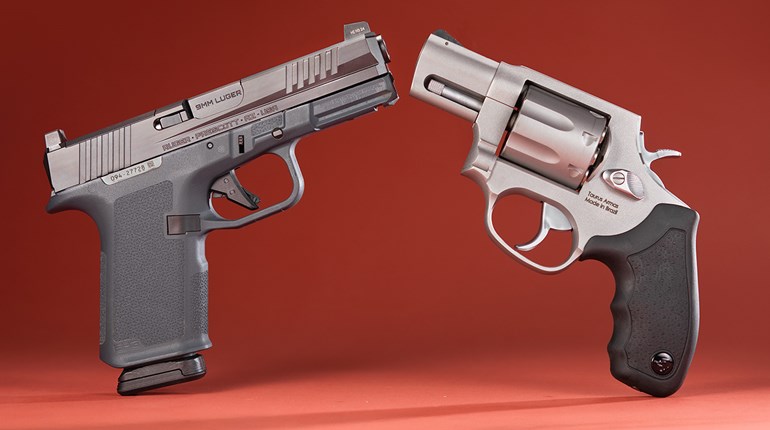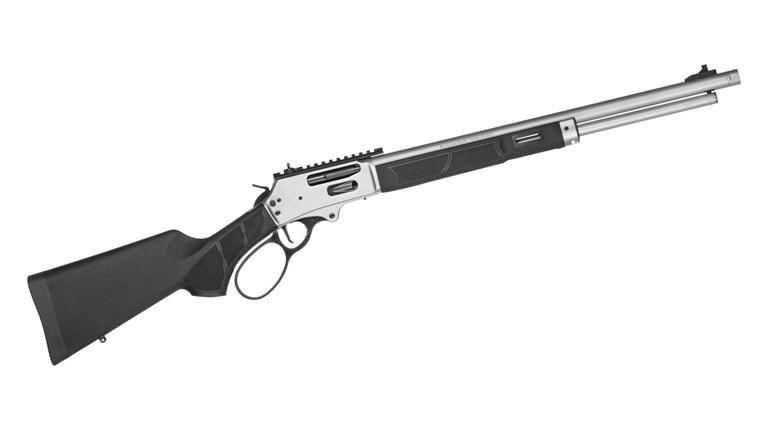
Tunnel vision is a phenomenon that occurs when we focus on a particular threat. Our complete attention is focused on what we believe will hurt us and/or kill us. We may focus on the person that represents that threat or we may focus on the weapon in hand. In fact, it is not uncommon for that focus to be so strong that we end up shooting the crook in the gun hand or the actual gun itself.
The real problem with tunnel vision is that we can become so focused on the threat that we are unaware of anything else that is going on around us. To compound the problem, tunnel vision is often accompanied by auditory exclusion; in which case we not only don’t see what is going on around us, we don’t hear it either.
Because of tunnel vision, we may not be aware that there is more than one crook attacking us. Even worse, we may be about to return fire without realizing that there are non-combatants directly behind the criminal. We may not even be aware that a non-combatant is about to pass between us and our attacker.
The first step to deal with tunnel vision is to simply know that it is a natural phenomenon. By being aware of it, we can work to overcome it.
The second step is to practice looking around you after you have fired a shot string at the range target. Get in the habit of looking around you. It forces you to break that tunnel vision. We do this in practice so that it becomes a habit that we do every time, even in an actual gunfight.
Some folks have turned this look & assess technique into a sort of choreographed move. They simply wiggle this way and that because it looks cool. Look & assess has a serious purpose, but only when you actually look around and take note of what is going on. We take care of the initial threat and then we look around us to see if there are any other threats that require our attention.
The defensive shooter should understand tunnel vision and know how to break that tunnel vision by forcing himself to look and access the area around him before taking other action or putting the gun away.






